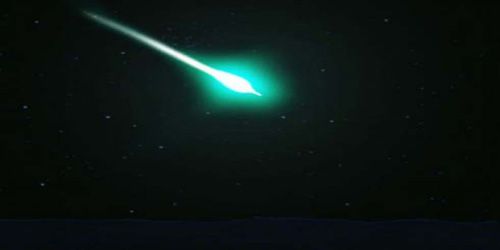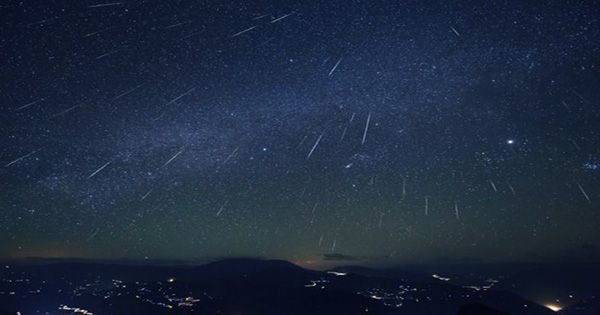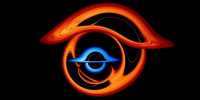People began to speculate about what the mysterious light could have been almost immediately. Was it a meteor, possibly a stray from the Orionid meteor shower this month? Perhaps it was a classified Russian spies satellite that had failed to stay in orbit and was now plunging into the ground. Perhaps it was aliens who were the most fascinating of all. One of those options is correct: astronomers believe it was most likely the spy satellite.
“The fireball network confirms that the event seen in Michigan occurred at 0443 UTC (1243EDT), which is the exact predicted time [Russian satellite] Kosmos-2551 passed over the region, and within the Space Force reentry time uncertainty window,” reasoned Harvard astronomer Jonathan McDowell on Twitter Wednesday afternoon. “As a result, I conclude that the Kosmos-2551 ID is correct.”
On September 9, Russia’s Plesetsk Cosmodrome launched Kosmos-2551, a secret military reconnaissance satellite. According to the New York Times, while Russian officials provided few specifics about the spacecraft, they did declare the launch and satellite deployment a success. However, things began to go awry soon after the satellite launched into orbit. Satellite trackers observed KOSMOS-2551 gradually plummet back to Earth instead of reaching orbit.

“It was a failure 99 percent of the time,” McDowell told the New York Times. Officials from Russia’s defense ministry have so far declined to comment.
While the satellite’s re-entry into the atmosphere was impressive, McDowell explained that it was unlikely to endanger onlookers on the ground. KOSMOS-2551, which weighed just 500 kilograms (1,102 pounds) and about the same size as a dromedary camel or a grand piano, very definitely burned up in the atmosphere. Not shortly after the explosion was visible, McDowell tweeted, “No debris is likely to impact the ground.”
The magnificent light shows observed when spacecraft crash back home is far from uncommon; in an interview with the New York Incidents, McDowell recalled “a couple of times in the previous five years or so, off the top of [his] head” where Russian satellites re-entered the atmosphere over the United States. These occurrences are only going to become more common as humanity’s proclivity for launching things into space grows.
In response to recent occurrences of space debris generating pyrotechnic sky shows, amateur meteorite hunter Mike Hankey told the New York Times, “As more go up, more will come down.” More than 150 reports and images of Wednesday’s fireball were submitted to the American Meteor Society’s fireball database, which Hankey oversees. “It’s not my favorite thing to work on,” he continued, “but it’s happening a lot more and the system can keep track of it.”
















